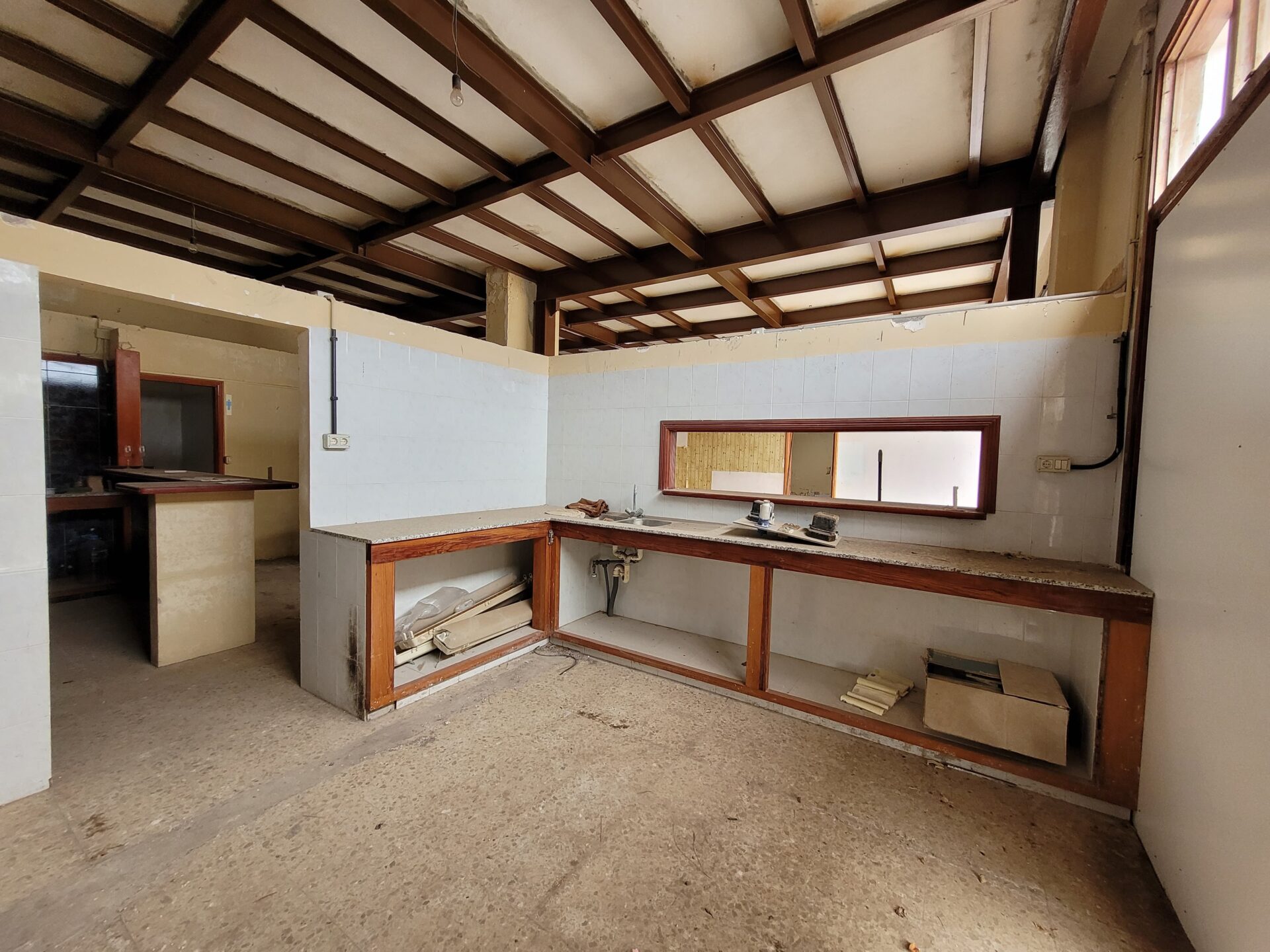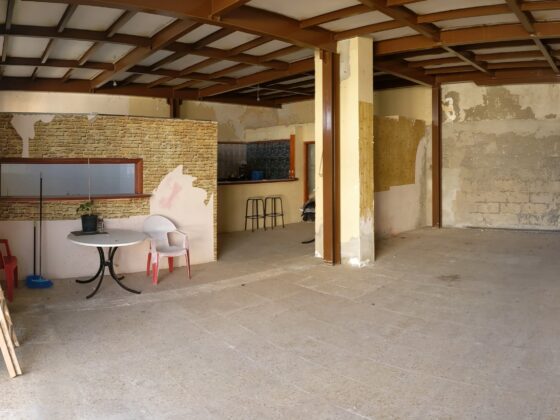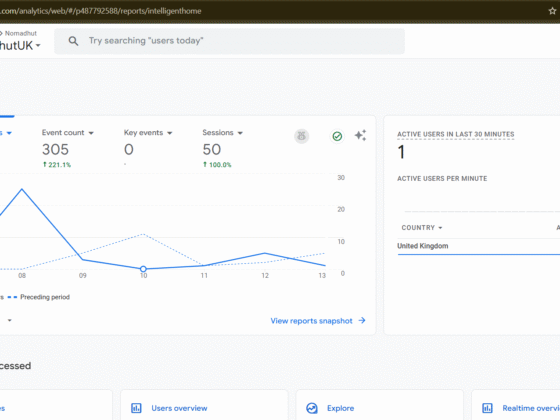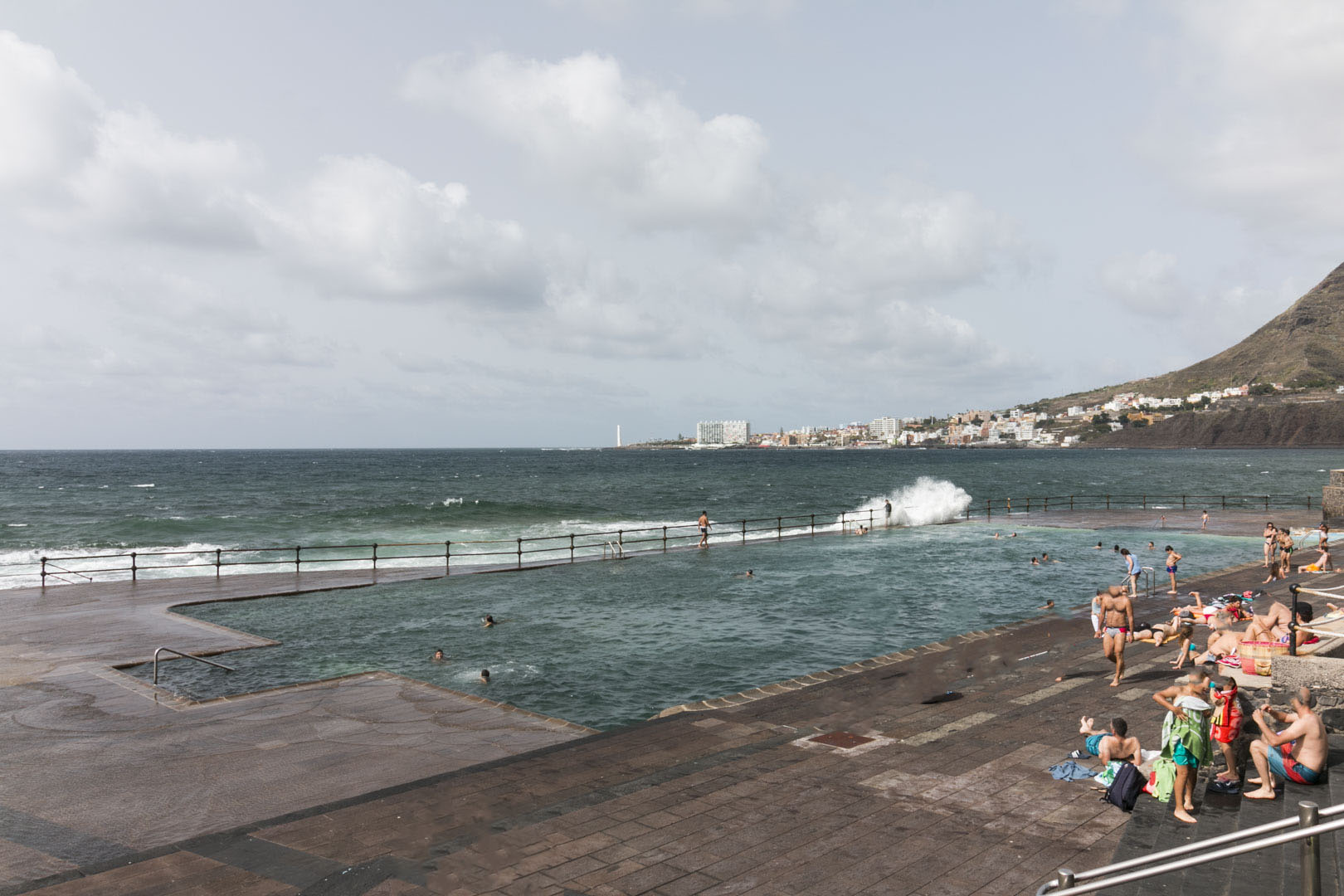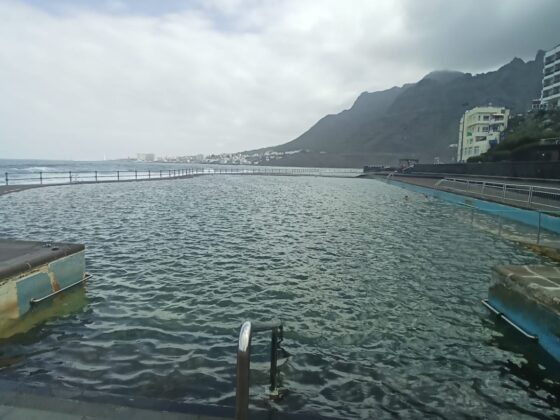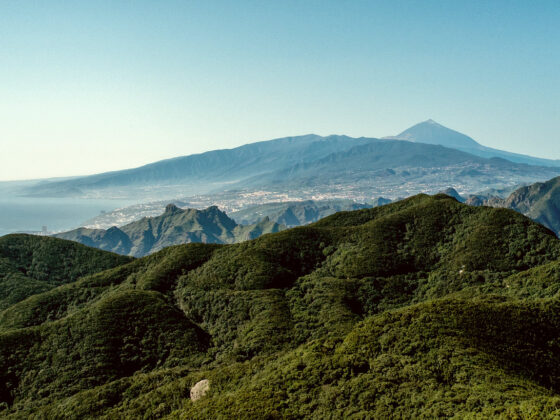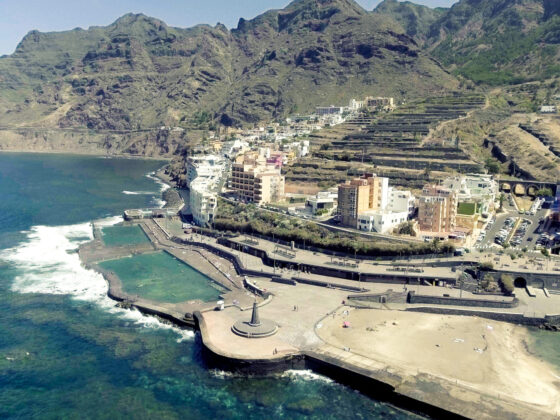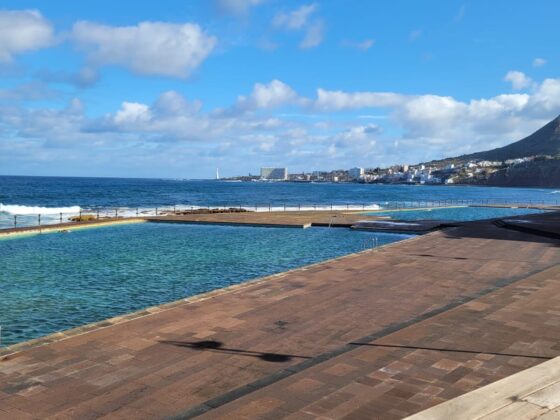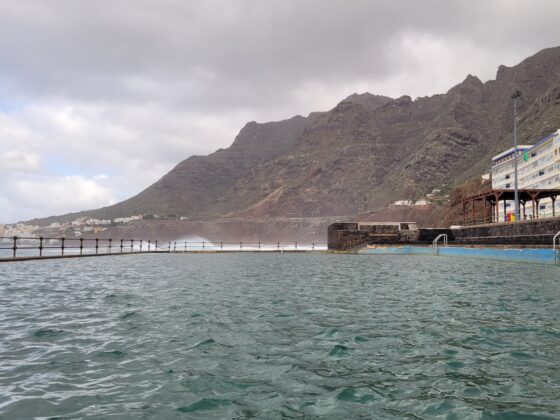I used AI to write this (as actually this is meant to be my task next week 19th May), so it actually hasn’t happened, so ignore the wording for a bit.
Turning a long-abandoned space into a home or coliving project comes with its share of challenges — and reconnecting basic utilities is high on the list. After tackling electricity, my next mission in Bajamar was getting water flowing again. Here’s what the process looked like and what you should know if you’re facing a similar task in Tenerife or elsewhere in Spain.
Step 1: Identify Your Local Water Company
Unlike electricity, water in Spain is usually handled at the municipal level. In Tenerife, each municipality (ayuntamiento) grants concessions to local companies. For La Laguna and its coastal areas like Bajamar, the water service is typically managed by Teidagua.
Start by checking:
- Which company supplies your street or building
- If your unit has a previous contract number or client reference
- If there’s an existing meter or connection stub in place
In my case, there was a capped-off pipe and meter box at the entrance to the unit, but no active connection.
Step 2: Gather the Paperwork
To request reconnection, you’ll need to provide several documents:
- NIE and passport copy
- Proof of property ownership (escritura or nota simple)
- Boletín de agua (water installation certificate) — required in many cases
- Possibly a licence of first occupation or similar document if the property has been dormant or repurposed
If you’re converting a commercial space to residential (like I am), expect more questions or inspections. In my case, Teidagua required an updated certificate confirming that the plumbing was suitable for domestic use.
Step 3: Hire a Plumber If Needed
If the installation is old or non-existent, a licensed plumber needs to create or adapt the internal plumbing. They can also issue the Boletín de agua if required. You may also need to:
- Install a new internal shut-off valve
- Connect a water meter if it’s been removed
- Prepare access for the technician
Pro tip: Ask the plumber to double-check wastewater and drainage compliance while they’re at it — this can avoid issues later when applying for habitability.
Step 4: Submit the Application
Once the paperwork is ready, you can submit the reconnection request in person or online. The local water company will usually:
- Review your documents
- Schedule a site visit or inspection
- Approve the reconnection and install the meter (if needed)
In my case, the inspection and reconnection took about a week, though it can take longer if you’re dealing with a change-of-use scenario or construction delays.
Costs and Timelines
Here’s what I ended up paying:
- Boletín de agua and plumbing work: €200–€300
- Reconnection and meter fee: ~€100
- First invoice (pro-rated monthly standing charge + usage): ~€20–€40
From start to finish, reconnecting water took around 2–3 weeks. Most of the time was spent preparing documentation and coordinating with my plumber.
Final Thoughts
Reconnecting water in Tenerife requires a bit more local navigation than electricity, mostly because it’s handled by small, municipal providers with their own processes. The good news? Once the paperwork is in and the inspection passes, things tend to move quickly.
If you’re working on a renovation, coliving space, or even just moving into a long-disconnected property, getting water running again is a huge step forward. And yes — that first working tap really does feel like a small miracle.

